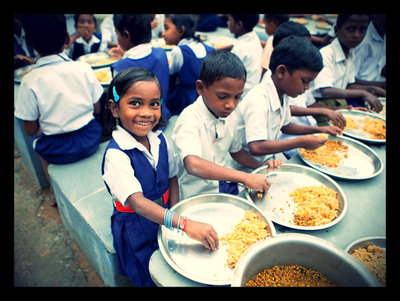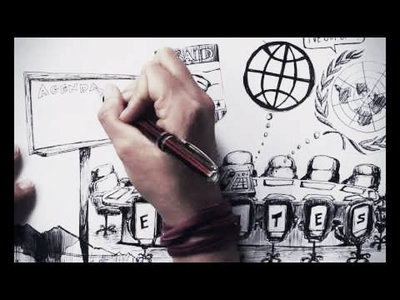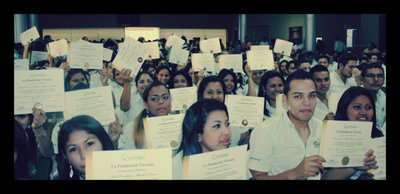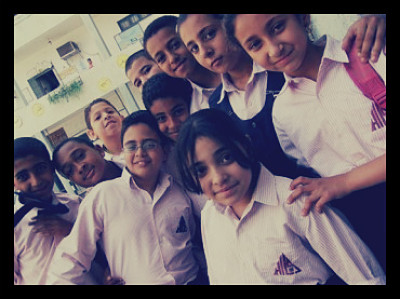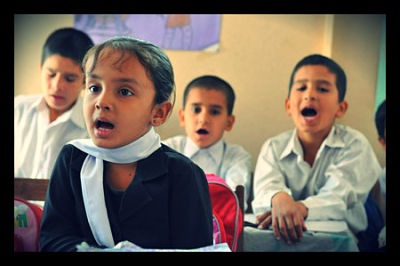
As a nine-time Grammy award winner, John Legend is well known as a singer, songwriter, and humanitarian. His vocals have earned him a multitude of worldwide fans and a string of Top 10 platinum-selling albums. His most recent release, Wake Up! (2010) is a compilation of music from the 1960s and ’70s including songs with underlying themes of awareness, engagement, and social consciousness. Legend, while a talented musician, seeks to be an agent of change in society. He is a member of several boards including Teach for America, Stand for Children, and the Harlem Village Academies.
As he spoke to a crowd of interested attendees in Southern Indiana, Legend focused on education equality and social awareness. Legend was inspiring, motivating, and very real in his comments. Early in his career, Legend had the opportunity to travel to Africa and it forever changed his life. He realized that his position in life granted him a platform to spread awareness and raise the standard for education and community involvement. Legend tirelessly works to promote education equality, which he believes is key to raising people out of poverty. By providing access to quality education for all individuals, we can ensure that being poor is not a life sentence but that there are opportunities to escape poverty and improve one’s life.
Legend gave the audience several tips on how to get involved in fighting for education equality from right where they sit.
His ideas included:
1. Join local boards and organizations working to improve education
2. Tutor students in local schools.
3. Encourage others to invest in schools.
4. Choose political leaders who take meaningful action within education.
The evening ended with the challenge from Legend to go and do something. The time for sitting still has passed and now the call to the work for education equality and diminished global poverty has arrived.
– Amanda Kloeppel
Source: Evansville Courier and Press



